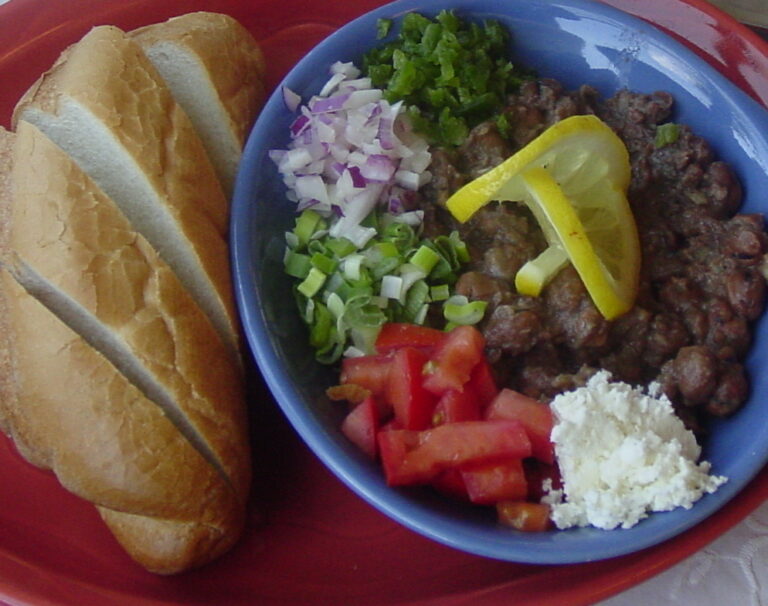Introduction: Street Food in South Korea
South Korea is known for its vibrant street food culture, offering a wide variety of unique and delicious snacks that are both affordable and accessible. From savory pancakes to sweet desserts, there is something for everyone to enjoy on the streets of South Korea. However, for tourists who may be unfamiliar with the language and customs, navigating the street food scene can be a daunting task.
Street Food Culture in South Korea
Street food has been a part of South Korean culture for centuries, with vendors selling their goods along busy streets and in markets. Recently, the popularity of street food has exploded, with food trucks and pop-up stalls becoming a familiar sight in cities throughout the country. The street food scene in South Korea is known for its creativity, with vendors constantly inventing new and exciting dishes to tempt customers.
Accessibility of Street Food for Tourists
Despite the language barrier, street food in South Korea is generally quite accessible for tourists. Most vendors will have menus with pictures and prices, making it easy to order without the need for language skills. Additionally, many street food vendors are located near tourist attractions, meaning that visitors can easily stumble upon a delicious snack while exploring the city.
Popular Street Foods in South Korea
Some of the most popular street foods in South Korea include tteokbokki (spicy rice cakes), hotteok (sweet pancakes filled with brown sugar and nuts), and kimbap (seaweed-wrapped rice rolls with various fillings). Other popular snacks include fried chicken, fish cake skewers, and bungeoppang (fish-shaped pastries filled with sweet red bean paste).
Hygiene and Safety Concerns for Tourists
While street food in South Korea is generally safe and clean, tourists should take precautions to ensure they do not become ill during their travels. It is important to look for vendors who properly handle and cook their food, and to avoid any stalls that appear dirty or unsanitary. Additionally, tourists should make sure to only drink bottled water and avoid ice cubes, as tap water may not be safe for consumption.
Conclusion: Enjoying Street Food in South Korea
Despite the potential language and hygiene barriers, street food is a great way for tourists to experience the vibrant culture and delicious flavors of South Korea. By being cautious and doing some research beforehand, visitors can fully enjoy the unique and exciting street food scene that South Korea has to offer. So the next time you find yourself in Seoul or Busan, be sure to try some of the delicious snacks available on the streets.


